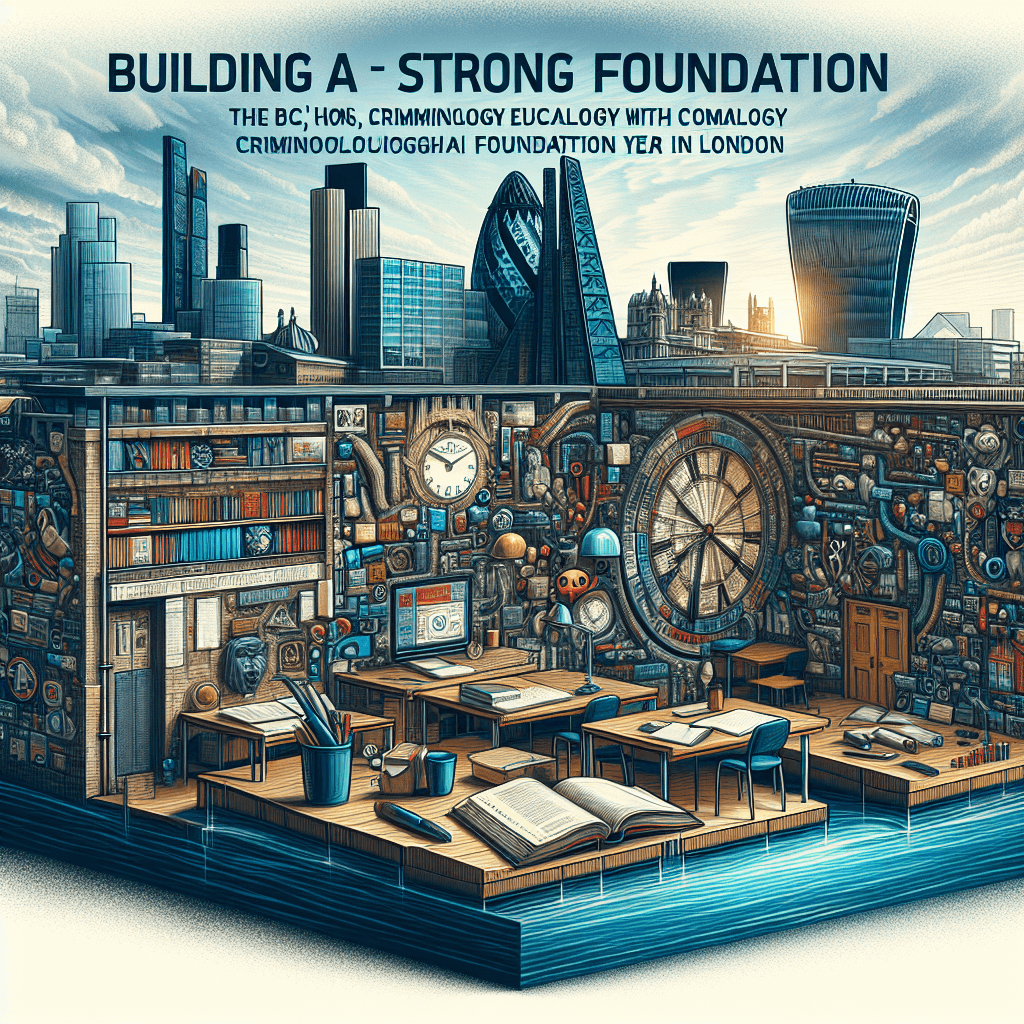10 Essential Safety Tips for Construction Site Managers
As a construction site manager, safety is your top priority. With multiple workers on site, complex equipment, and hazardous materials, the risk of accidents is always present. To ensure a safe and successful project, it’s crucial to implement effective safety measures and train your team on best practices. Here are 10 essential safety tips for construction site managers to minimize accidents and inures:
1. Conduct a Pre-Task Risk Assessment
Before starting any project, conduct a thorough risk assessment to identify potential hazards, assess the risks, and develop a plan to mitigate them. This includes inspecting the site, reviewing design and construction plans, and analyzing potential environmental and weather risks.
2. Provide Proper Personal Protective Equipment (PPE)
Ensure that all employees wear the required PPE, such as hard hats, safety glasses, gloves, and earplugs, to protect themselves from potential injuries. Make sure PPE is properly fitted and maintained.
3. Develop a Lockout/Tagout Procedure
Develop a lockout/tagout procedure to prevent equipment from being operated when maintenance is being performed. This is critical to prevent accidents and injuries.
4. Train Employees on Site-Specific Hazards
Provide training to employees on site-specific hazards, such as hazardous materials, confined spaces, and heavy machinery. This will help them recognize and respond to potential hazards.
5. Implement Safety Inspections and Audits
Regularly conduct safety inspections and audits to identify and fix hazards, ensure compliance with regulations, and monitor safety performance.
6. Develop an Emergency Response Plan
Develop an emergency response plan that outlines procedures for responding to accidents, fires, and other emergencies. Make sure employees know what to do in case of an emergency.
7. Monitor Weather Conditions
Monitor weather conditions and suspend work if necessary to ensure employee safety. This includes extreme temperatures, heavy rain, and high winds.
8. Utilize Effective Communication
Implement effective communication among all team members, including regular toolbox meetings, safety briefings, and incident reporting.
9. Prioritize Housekeeping
Keep the construction site clean and free from tripping hazards, clutter, and discarded materials. This will reduce the risk of accidents and injuries.
10. Lead by Example
As a construction site manager, set a good example by following safety protocols yourself. Demonstrate a commitment to safety and safety culture, and encourage your team to do the same.
By following these 10 essential safety tips, construction site managers can significantly reduce the risk of accidents and inures, ensuring a safe and successful project. Remember, safety is everyone’s responsibility, and by prioritizing safety, you’ll demonstrate a commitment to your employees, clients, and colleagues.
#Essential #Safety #Tips #Construction #Site #Managers







